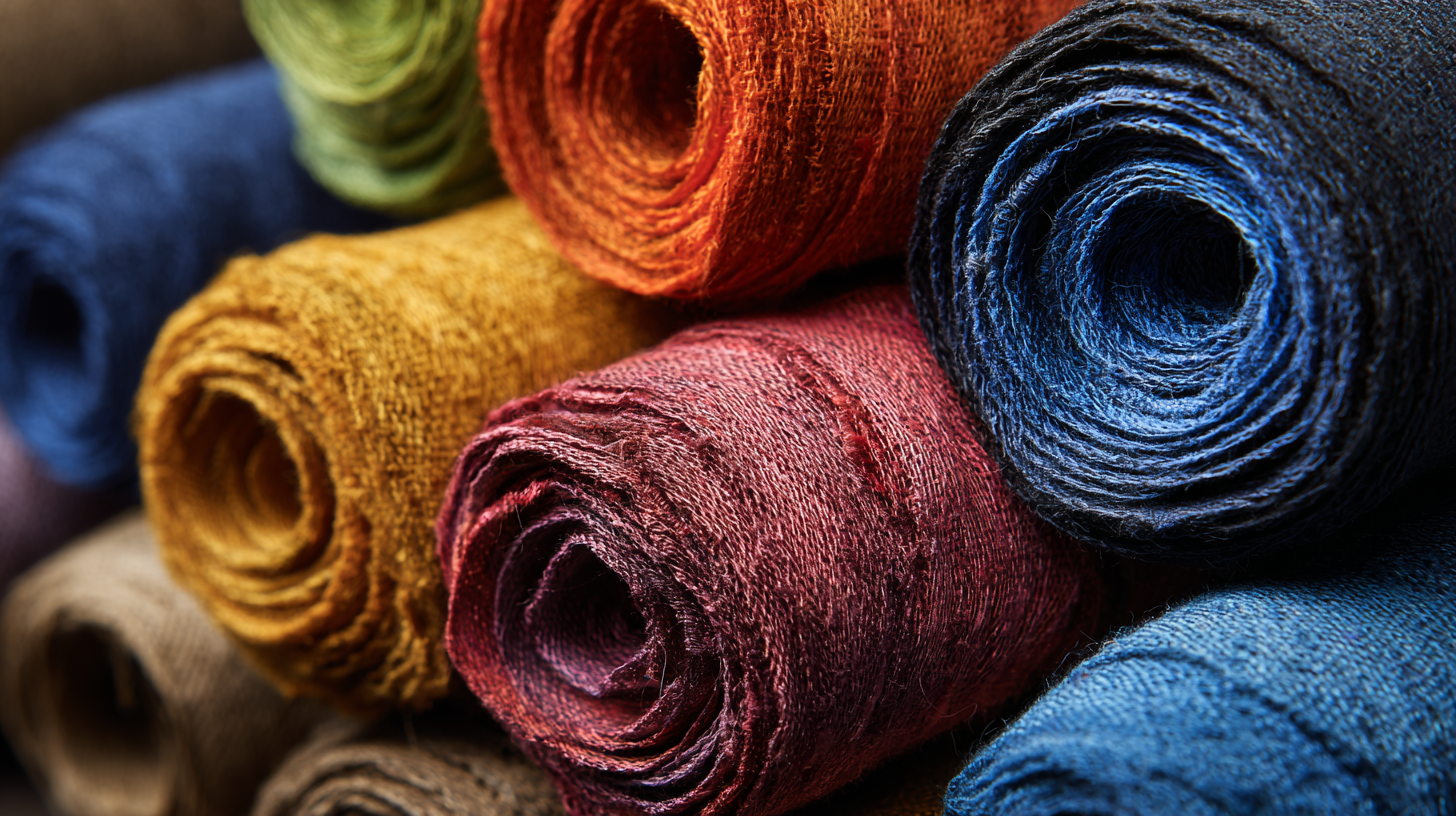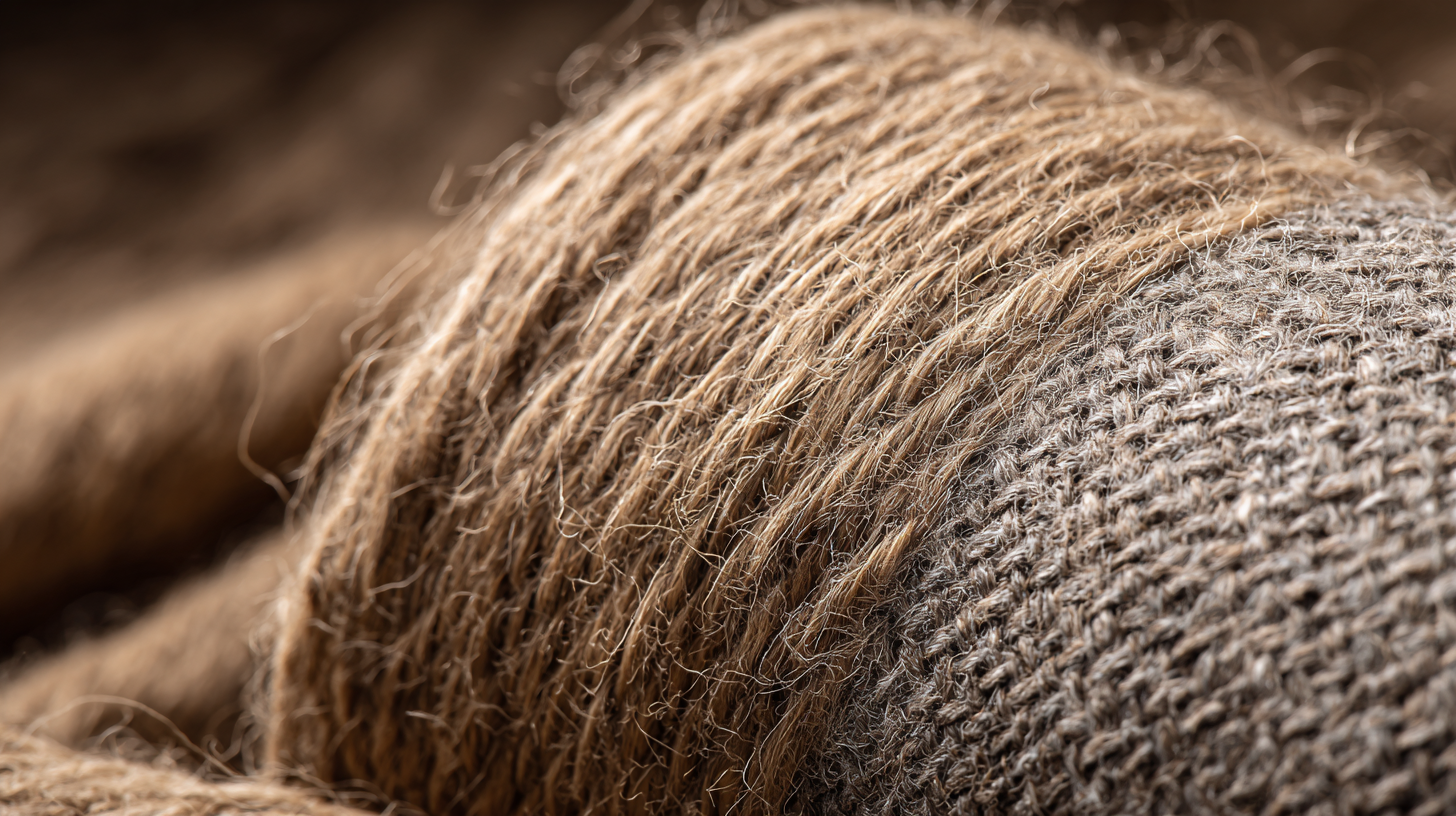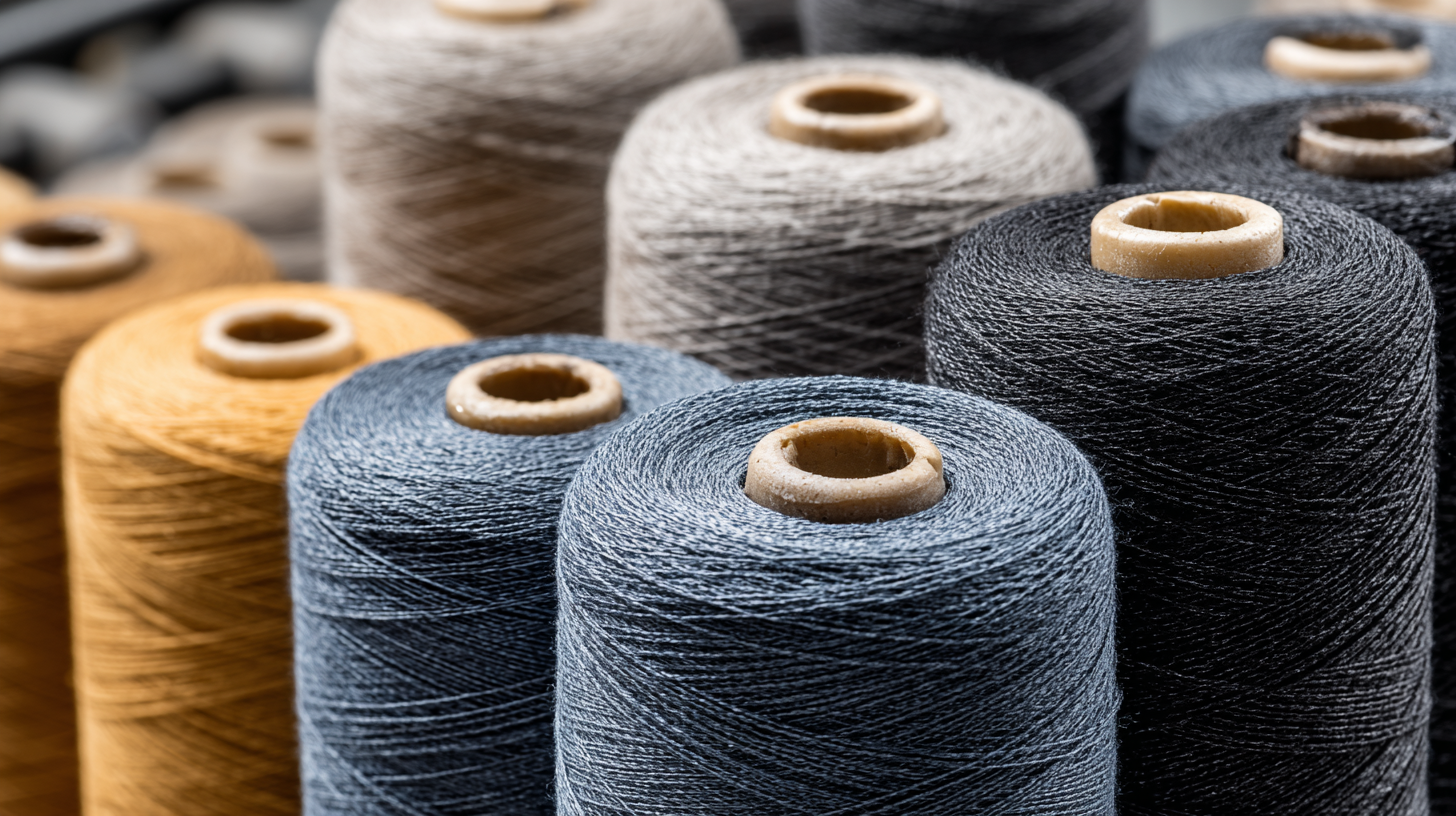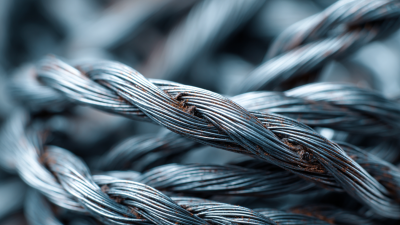Exploring Sustainable Alternatives to Lanzing Fire Resistant Viscose for Eco Friendly Textiles
Table of Contents
- Sustainable Textiles: Understanding the Need for Eco-Friendly Alternatives to Fire Resistant Viscose
- Emerging Natural Fibers: Evaluating the Benefits of Hemp, Bamboo, and Tencel for Sustainable Fabrics
- The Role of Biodegradable Treatments in Enhancing Fire Resistance While Maintaining Sustainability
- Current Industry Standards: Analyzing Certifications and Regulations for Eco-Conscious Textile Production
- Innovative Technologies: Exploring Development and Applications of Alternative Fire Resistant Materials
- Case Studies: Successful Implementation of Sustainable Strategies in Leading Textile Brands and Manufacturers
- FAQS
- Conclusion
- Related Posts
In recent years, the textile industry has been increasingly focused on sustainability, with a growing demand for eco-friendly alternatives to traditional materials. One such material that has garnered attention is Lanzing Fire Resistant Viscose, known for its flame retardant properties and comfort. However, as environmental concerns rise, many manufacturers are seeking sustainable alternatives that align with eco-conscious practices. According to a report from MarketWatch, the global sustainable textiles market is projected to reach $8.25 billion by 2027, highlighting the urgent need for innovation in this space. Shijiazhuang Shielday Technology Co., Ltd. is at the forefront of this movement, providing advanced high-performance EMI shielding textiles and conductive wires. By exploring sustainable alternatives to Lanzing Fire Resistant Viscose, we can develop materials that not only meet safety standards but also contribute positively to the environment, paving the way for a greener future in textiles.

Sustainable Textiles: Understanding the Need for Eco-Friendly Alternatives to Fire Resistant Viscose
The increasing awareness of environmental issues has underscored the need for sustainable textiles, particularly in industries that traditionally rely on synthetic materials.
Fire resistant viscose has been a popular choice due to its flame-retardant properties; however, its environmental impact raises concerns. As consumers and manufacturers seek eco-friendly alternatives, it becomes crucial to explore options that provide safety without compromising the planet's health.
One promising approach is to consider natural fibers treated with environmentally safe chemicals. Organic cotton, bamboo, and hemp are excellent alternatives that can be treated for fire resistance, offering the dual benefits of safety and sustainability. Implementing innovative treatments, such as those derived from plant-based sources, can enhance their flame-retardant qualities without the harmful effects associated with conventional viscose production.
Tip: When selecting sustainable textiles, always look for certifications that denote eco-friendliness, such as GOTS (Global Organic Textile Standard) or OEKO-TEX. These certifications ensure that the materials you are choosing have been produced with consideration for both the environment and worker safety.
Additionally, consider the lifecycle of the textile products you purchase. Opt for brands that prioritize recycled materials and offer take-back programs to minimize waste. Supporting companies that are committed to sustainable practices can help drive the change needed in the textile industry.
Emerging Natural Fibers: Evaluating the Benefits of Hemp, Bamboo, and Tencel for Sustainable Fabrics
As the textile industry seeks more sustainable solutions, natural fibers like hemp, bamboo, and Tencel have emerged as viable alternatives to traditional materials. Each of these fibers offers unique benefits that align with eco-friendly practices. Hemp, for instance, is known for its strength and durability. It requires minimal water and no pesticides to grow, making it an exceptionally low-impact choice for fabric production. Additionally, hemp can contribute to soil health by preventing erosion and increasing biodiversity, making it a smart selection for environmentally-conscious consumers.
Bamboo, on the other hand, is one of the fastest-growing plants on the planet. It thrives without chemicals, and its rapid regeneration helps sequester carbon in the atmosphere. The process of converting bamboo into fabric can vary, with some methods being more sustainable than others. However, when processed responsibly, bamboo fibers can yield incredibly soft and breathable textiles that are perfect for everyday wear. Tencel, produced from sustainably sourced wood pulp, combines biodegradability with advanced production processes that minimize waste and water use. This fiber is renowned for its smooth texture and moisture-wicking properties, making it an ideal choice for both fashion and functionality.
By choosing these emerging natural fibers, consumers can not only enjoy high-quality textile products but also support a sustainable future in fashion.
Exploring Sustainable Alternatives to Lanzing Fire Resistant Viscose
The Role of Biodegradable Treatments in Enhancing Fire Resistance While Maintaining Sustainability
Exploring the use of biodegradable treatments to enhance fire resistance in textiles opens a new chapter in the realm of sustainable fashion. Traditional fire-resistant materials often rely on chemical treatments that can be harmful to the environment. However, innovative biodegradable options can offer solutions that prioritize both safety and sustainability. These treatments, derived from natural sources, not only improve fire resistance but also break down more effectively at the end of a garment's life cycle, reducing landfill impact.
Tips for selecting eco-friendly fire-resistant textiles include looking for certifications that verify the biodegradability of the treatments used. Additionally, consider fabrics that have undergone rigorous testing for flame retardancy without relying on harmful chemicals. Brands that are transparent about their processes often provide a better understanding of their environmental impact and ethics.
Furthermore, incorporating layering techniques can optimize fire resistance while using sustainable fabrics. By combining eco-friendly materials with natural fire barriers, manufacturers can achieve high safety standards without compromising on ecological integrity. Always seek out products that balance functionality with environmental responsibility to support a more sustainable textile industry.
Current Industry Standards: Analyzing Certifications and Regulations for Eco-Conscious Textile Production
The textile industry is experiencing a significant shift toward sustainable practices, driven by both consumer demand and new regulations aimed at reducing environmental impact. Current industry standards prioritize certifications such as Global Organic Textile Standard (GOTS) and Oeko-Tex, which ensure that textiles are produced sustainably and are free from harmful chemicals. According to a report by the Textile Exchange, the organic cotton market alone has seen a 30% growth in 2021, highlighting a clear trend towards eco-conscious sourcing.
Moreover, regulatory frameworks like the European Union's REACH (Registration, Evaluation, Authorisation and Restriction of Chemicals) are shaping production methods in textiles. These regulations mandate strict safety assessments of chemicals used in the production process, encouraging manufacturers to innovate with safer, more sustainable alternatives. A study by McKinsey states that sustainable textiles could represent a $100 billion market by 2030, reflecting an urgent need for compliance with eco-labeling and certification processes to meet consumer expectations for transparency and environmental responsibility. The move toward sustainable alternatives not only aligns with regulatory requirements but also opens up new avenues for businesses willing to invest in eco-friendly innovations.

Innovative Technologies: Exploring Development and Applications of Alternative Fire Resistant Materials
The exploration of innovative technologies in fire-resistant materials is crucial as we seek sustainable alternatives to traditional textiles like Lanzing fire-resistant viscose. Recent advances in composite materials have opened new horizons for eco-friendly textile production, promising not just improved safety but also minimized environmental impact. By integrating state-of-the-art developments in materials science, researchers are able to create fire-resistant solutions that enhance both performance and sustainability.
In parallel, the integration of artificial intelligence into material development is revolutionizing the field further. Machine learning techniques are being applied to refine properties in materials like fiber-reinforced composites and concrete, paving the way for smarter, more efficient manufacturing processes. These technologies not only optimize the characteristics of the materials but also streamline production, making it possible to invent textiles that are both functional and low in ecological footprint. This interdisciplinary approach signifies a monumental shift in how we think about textiles, as the industry moves toward a future where innovation and sustainability go hand in hand.
Case Studies: Successful Implementation of Sustainable Strategies in Leading Textile Brands and Manufacturers
In recent years, leading textile brands have embraced sustainable practices to mitigate environmental impacts while enhancing their product offerings. One exemplary case is the integration of organic cotton and bamboo fibers by companies like Patagonia, which not only prioritize eco-friendly sourcing but also focus on reducing water consumption during production. These brands demonstrate how switching to more sustainable raw materials can significantly lower carbon footprints while still delivering high-performance textiles.
Another notable example is the innovative reuse of waste materials by companies such as Adidas. Their Parley for the Oceans initiative turns plastic waste collected from coastal regions into high-quality fabric for their clothing lines. This not only addresses the global plastic crisis but also sets a precedent for circular fashion, encouraging consumers to rethink their purchase habits. By showcasing these successful implementations, the textile industry is paving the way for others to follow suit, proving that sustainability can go hand in hand with creativity and market demand.

FAQS
: The primary certifications for sustainable textile production include the Global Organic Textile Standard (GOTS) and Oeko-Tex, which ensure textiles are produced sustainably and free from harmful chemicals.
Consumer demand is driving a significant shift toward sustainable practices in the textile industry, prompting manufacturers to adopt eco-conscious sourcing and production methods.
Regulatory frameworks such as the European Union's REACH (Registration, Evaluation, Authorisation and Restriction of Chemicals) impose safety assessments of chemicals used in production, pushing for safer and more sustainable alternatives.
The organic cotton market experienced a notable growth of 30% in 2021, indicating a strong trend toward eco-conscious sourcing in textiles.
According to a McKinsey study, sustainable textiles could represent a $100 billion market by 2030, highlighting the growing importance of compliance with eco-labeling and certification processes.
Advances in composite materials and the integration of artificial intelligence are leading to the creation of eco-friendly fire-resistant solutions that enhance safety while minimizing environmental impact.
Machine learning techniques are being used to refine material properties, such as those in fiber-reinforced composites, enabling smarter and more efficient manufacturing processes.
Focusing on innovative technologies is essential for developing sustainable alternatives to traditional textiles, improving both safety and environmental sustainability.
The move towards sustainability opens up new avenues for businesses willing to invest in eco-friendly innovations, aligning with regulatory demands and consumer expectations.
The integration of different fields, such as materials science and artificial intelligence, signifies a shift towards innovative and sustainable practices in textile production.
Conclusion
In the pursuit of sustainable textiles, there is a growing need for eco-friendly alternatives to traditional materials, particularly Lanzing Fire Resistant Viscose. As environmental concerns escalate, emerging natural fibers such as hemp, bamboo, and Tencel offer promising benefits, combining both sustainability and functionality. By exploring biodegradable treatments, we can enhance fire resistance without compromising ecological integrity.
Advancements in innovative technologies further support the development of alternative fire-resistant materials, ensuring compliance with current industry standards and certifications for eco-conscious textile production. Case studies of leading textile brands demonstrate successful strategies for implementing these sustainable practices, paving the way for a greener future in textile manufacturing and aligning with the values of companies like Shijiazhuang Shielday Technology Co., Ltd., which specializes in high-performance textiles and aims to contribute to an eco-friendly industry.
Related Posts
-

Exceptional Tinned Tinsel Wire Manufacturing in China for Global Buyers
-

7 Secrets to Sourcing the Best Conductive Stainless Steel Metal Sliver for Your Business
-

2025 Industry Trends in Firefighting Apparel: How to Choose the Best FR Clothing for Safety
-

Essential Insights: Your Comprehensive Guide to Metal Gimped Wire Applications and Benefits
-

How to Navigate Import and Export Certifications for Best Conductive Tape
-

Unmatched Manufacturing Excellence: Discover the Best High Temp Resistant Sleeves from China's Leading Factory
Blog Tags:

